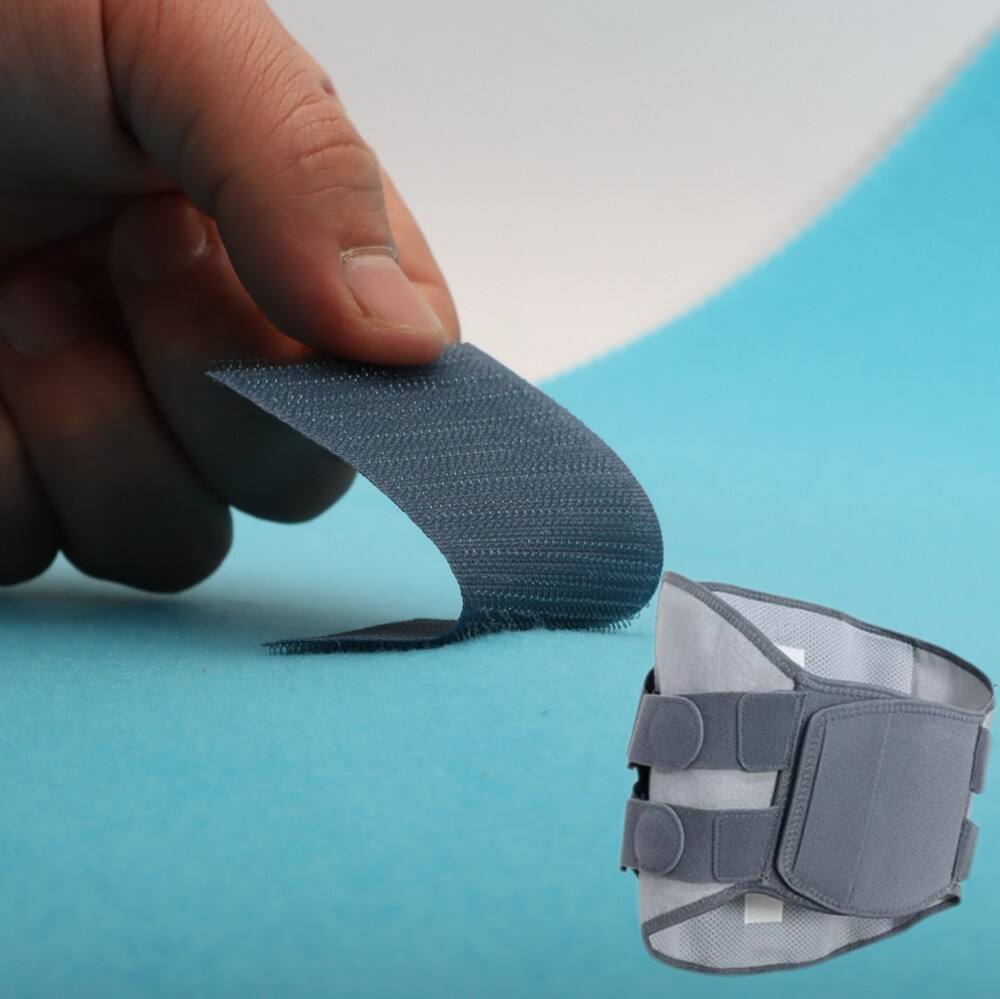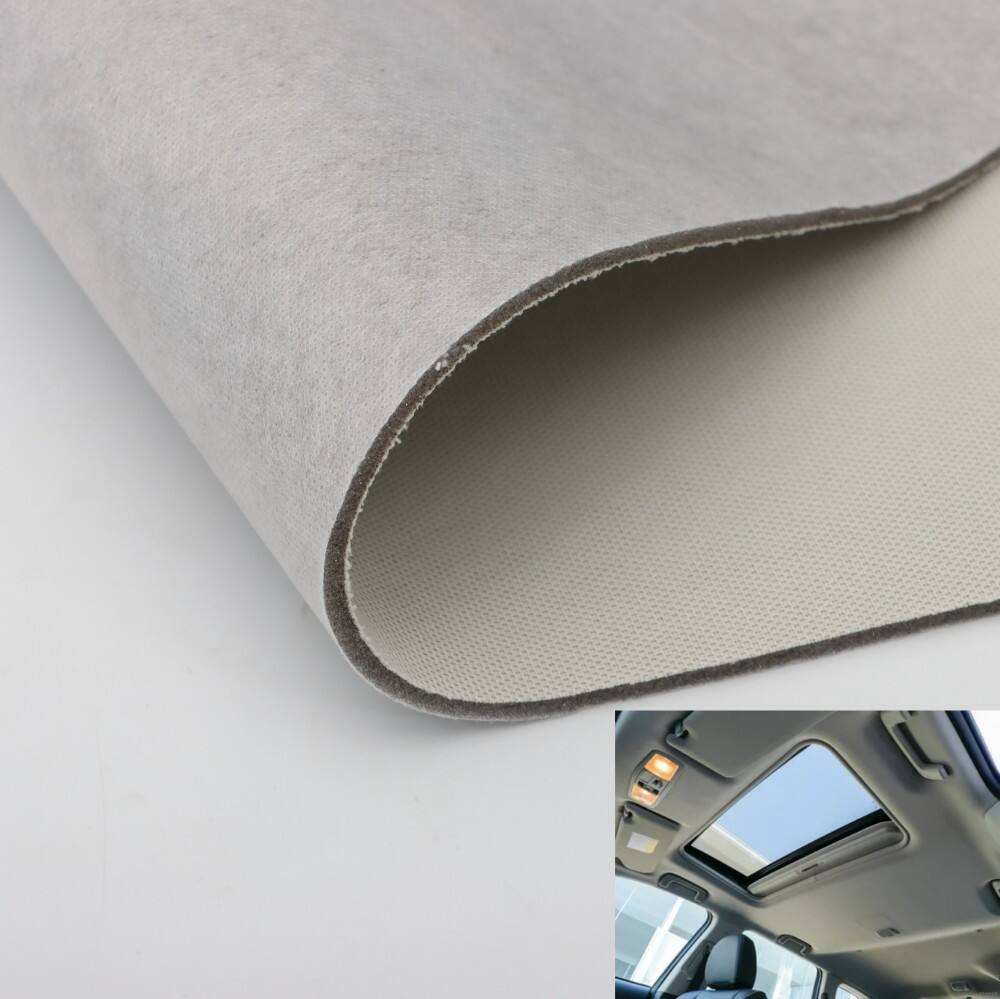Understanding Medical-Grade EVA Foam Properties and Applications
EVA foam has become an indispensable material in modern medical devices and support systems, offering exceptional cushioning properties that enhance patient comfort and recovery. This versatile material combines the best characteristics of durability, shock absorption, and biocompatibility, making it ideal for various medical applications. From orthopedic supports to rehabilitation equipment, the right selection of EVA foam can significantly impact therapeutic outcomes.
Key Characteristics of Medical-Grade EVA Foam
Density and Compression Ratings
When selecting EVA foam for medical applications, density serves as a crucial parameter that determines its performance and durability. Medical-grade EVA foam typically ranges from 30 to 120 kg/m³, with higher densities offering greater support and longevity. The compression rating, measured as deflection force, indicates how the foam responds under pressure – a vital consideration for weight-bearing medical devices.
Different medical applications require specific density ranges. For instance, orthopedic insoles might utilize high-density EVA foam around 65-80 kg/m³ to provide proper arch support, while softer densities around 35-45 kg/m³ might be more suitable for cushioning sensitive areas. Understanding these specifications ensures optimal patient comfort and therapeutic effectiveness.
Chemical Composition and Biocompatibility
Medical-grade EVA foam undergoes rigorous testing to ensure its safety for direct contact with skin and medical environments. The material's chemical composition typically includes ethylene vinyl acetate copolymers with specific additives that enhance its properties while maintaining biocompatibility. These foams are non-toxic, latex-free, and resistant to various chemicals commonly found in medical settings.
The vinyl acetate content in EVA foam significantly influences its flexibility and softness. Higher vinyl acetate percentages (typically 18-28%) result in softer, more elastic foams suitable for comfort applications, while lower percentages create firmer materials ideal for supportive medical devices.
Performance Factors in Medical Applications
Resilience and Recovery Properties
The resilience of EVA foam determines its ability to maintain shape and support over extended periods of use. Medical applications often require materials that can withstand repeated compression cycles without significant degradation. High-quality EVA foam exhibits excellent memory characteristics, returning to its original shape quickly after compression, ensuring consistent performance throughout the product's lifecycle.
Recovery time becomes particularly important in dynamic medical applications, such as rehabilitation equipment or pressure-relief surfaces. The foam should respond quickly to changes in applied pressure while maintaining its supportive properties, preventing patient discomfort or potential pressure points.
Temperature Stability and Environmental Response
Medical EVA foam must maintain its properties across a range of temperatures typically encountered in healthcare settings. The material should remain stable between 15-40°C, ensuring consistent performance during storage, sterilization, and use. Additionally, the foam's response to humidity and environmental factors plays a crucial role in its long-term effectiveness.
Advanced medical-grade EVA foams often incorporate additives that enhance their temperature stability and prevent degradation from environmental exposure. This ensures reliable performance in various clinical settings, from climate-controlled hospital rooms to home care environments.
Selection Criteria for Specific Medical Applications
Orthopedic Support Requirements
When selecting EVA foam for orthopedic applications, consider the specific anatomical requirements and load-bearing needs. The material should provide adequate support while allowing natural movement and promoting proper alignment. For instance, prosthetic liners might require different foam characteristics compared to orthotic insoles or braces.
The foam's ability to distribute pressure evenly becomes crucial in preventing discomfort and ensuring therapeutic benefits. Custom-molded EVA foam components often incorporate varying densities and thicknesses to address specific pressure points and support requirements.
Rehabilitation and Therapy Applications
Rehabilitation equipment demands EVA foam that balances support with therapeutic resistance. The material should facilitate exercise and movement while providing necessary stability and safety. Physical therapy mats, exercise blocks, and balance equipment often utilize specialized EVA foam formulations that optimize these characteristics.
The foam's surface texture and grip properties also play vital roles in rehabilitation applications. Some products incorporate textured surfaces or specific finishing treatments to enhance safety and functionality during therapeutic exercises.
Maintenance and Longevity Considerations
Cleaning and Sterilization Protocols
Medical EVA foam must withstand regular cleaning and disinfection without compromising its physical properties. The material should be compatible with common medical-grade cleaning agents and sterilization methods. Some specialized foams incorporate antimicrobial additives for enhanced infection control.
Proper maintenance procedures significantly impact the foam's lifespan and performance. Healthcare facilities should follow manufacturer-recommended cleaning protocols to prevent material degradation while ensuring proper hygiene standards.
Durability and Replacement Guidelines
Understanding the expected lifespan of EVA foam products helps in developing appropriate replacement schedules. Regular inspection for signs of wear, compression set, or material breakdown ensures optimal performance and patient safety. The foam's durability often correlates with its density and quality of manufacturing.
Healthcare providers should establish clear guidelines for evaluating foam condition and determining replacement timing. This proactive approach helps maintain therapeutic effectiveness and prevents potential complications from degraded materials.
Frequently Asked Questions
What makes EVA foam suitable for medical applications?
EVA foam's combination of cushioning, durability, and biocompatibility makes it ideal for medical use. Its closed-cell structure provides excellent shock absorption while maintaining shape, and its non-toxic nature ensures safety in healthcare settings.
How often should medical EVA foam products be replaced?
Replacement intervals depend on usage intensity, maintenance practices, and specific application requirements. Generally, high-use items should be evaluated every 6-12 months, while less frequently used items might last 2-3 years with proper care.
Can medical EVA foam be customized for specific patient needs?
Yes, EVA foam can be thermoformed, cut, and molded to meet individual patient requirements. Custom densities, shapes, and combinations can be created to address specific medical conditions or anatomical needs.







